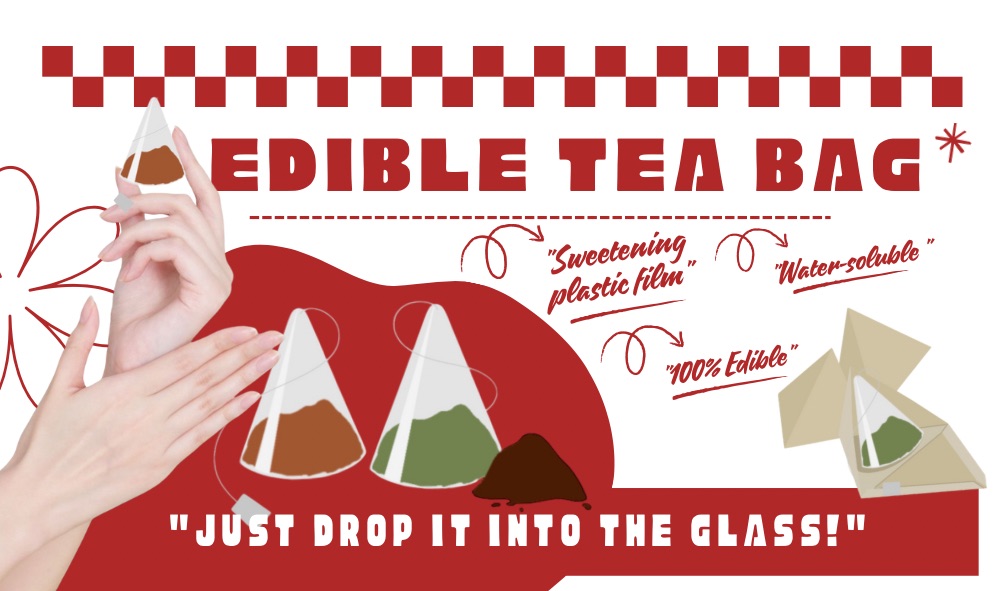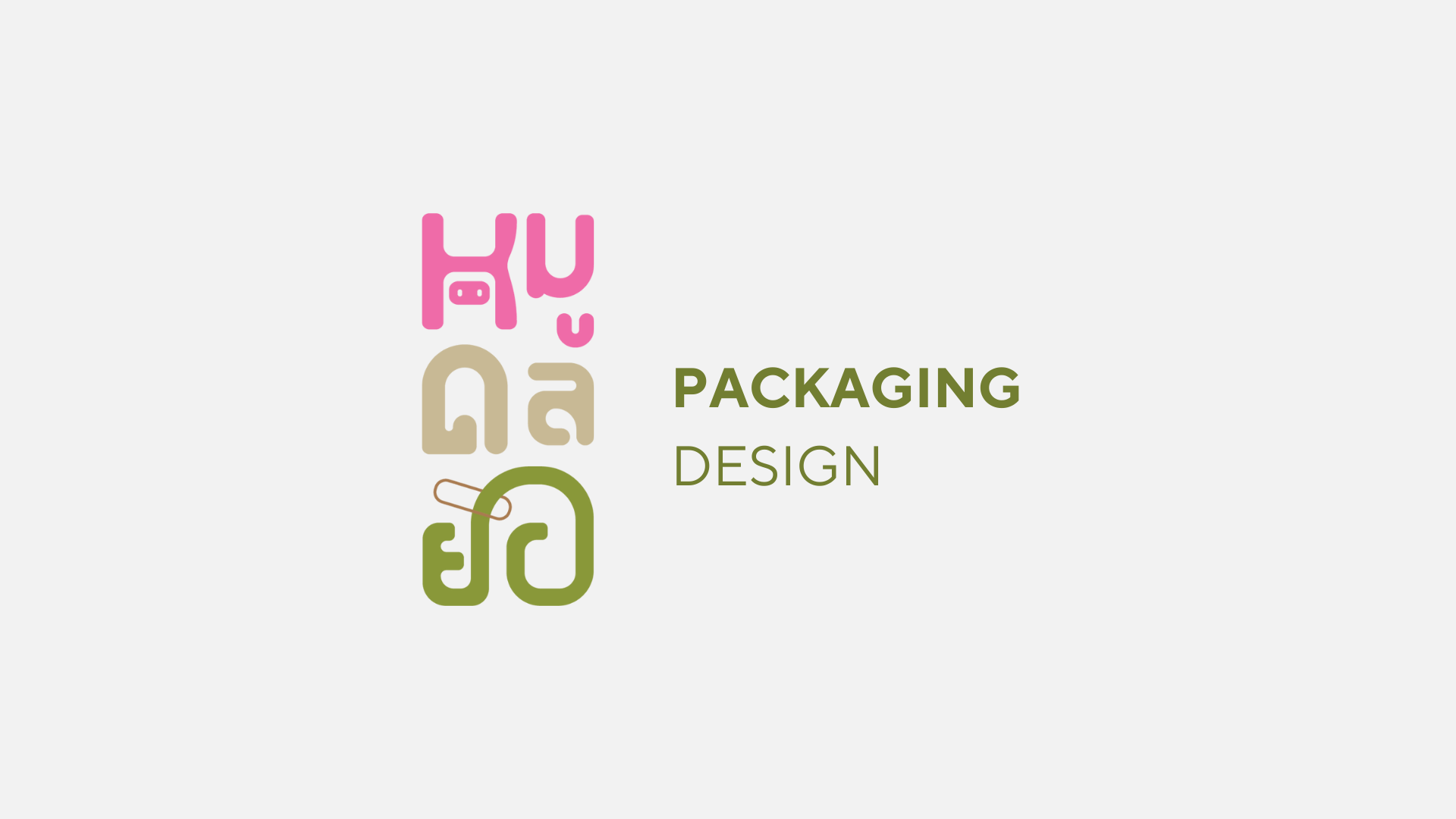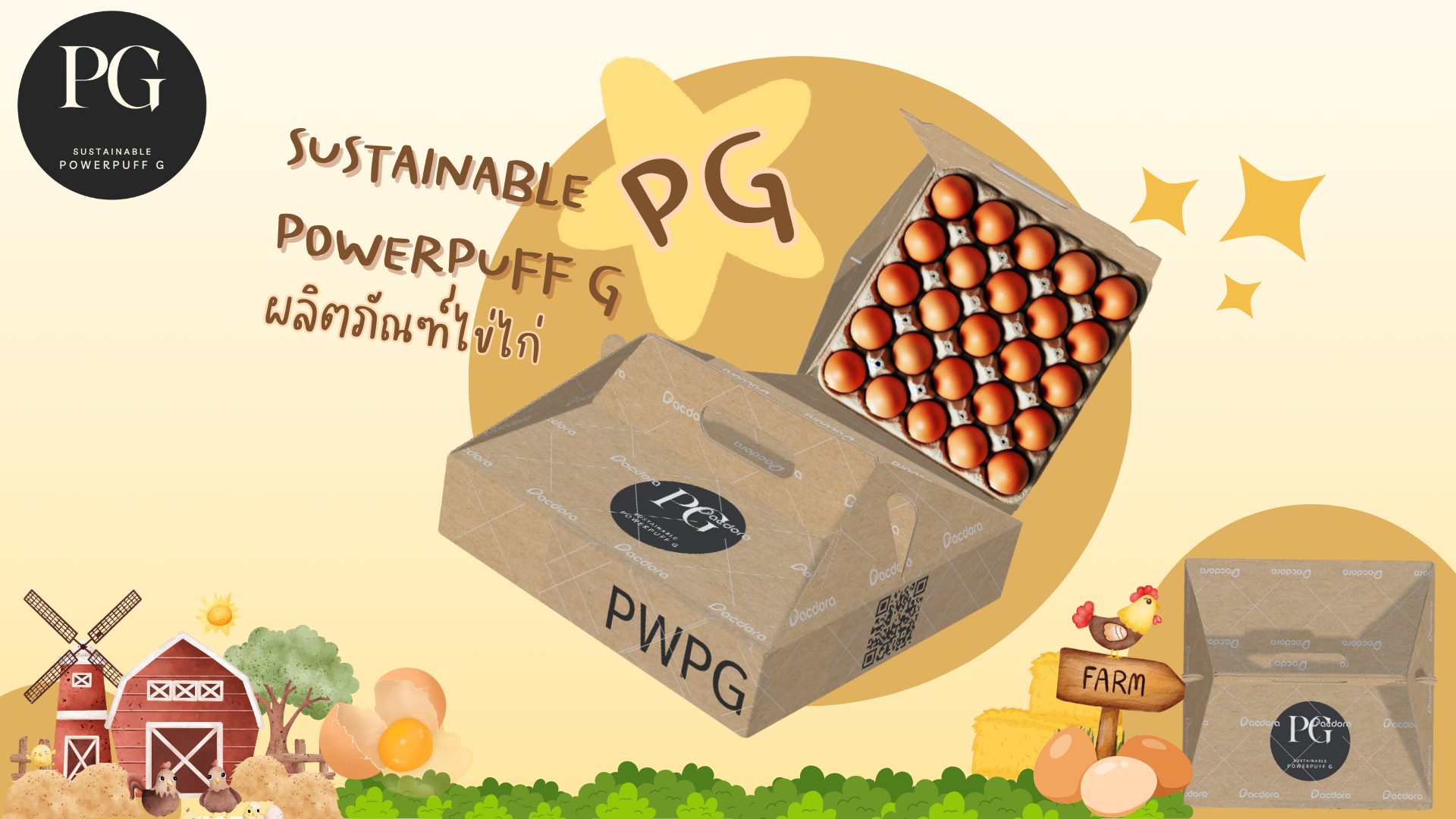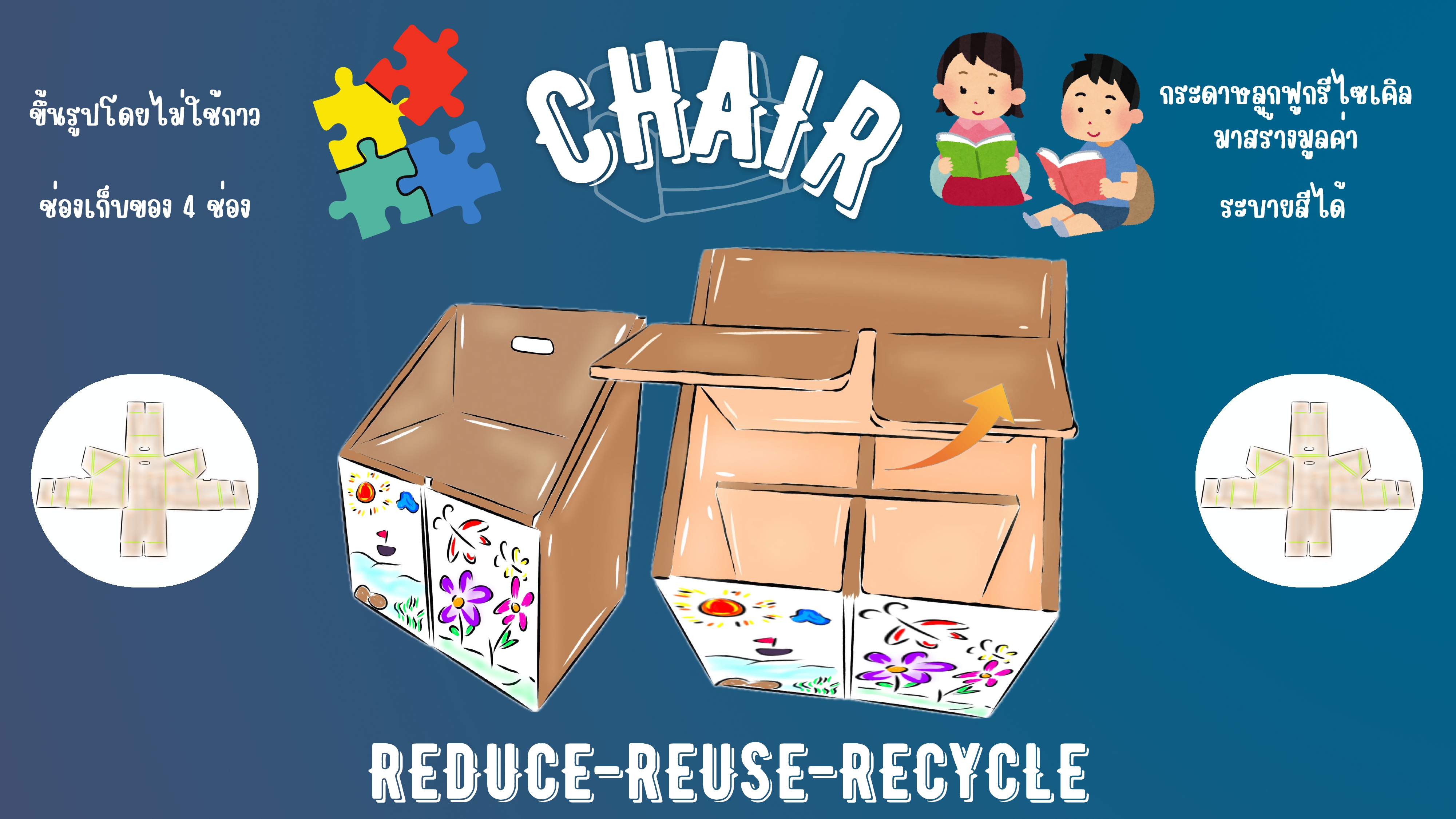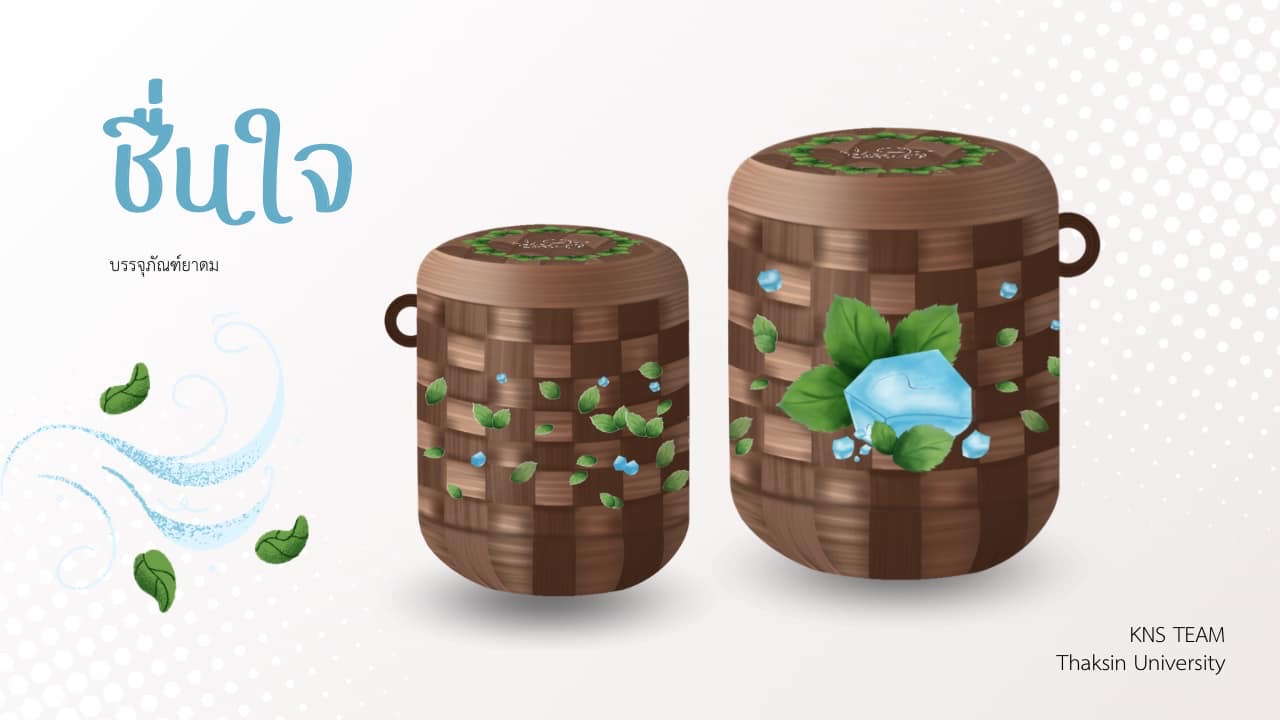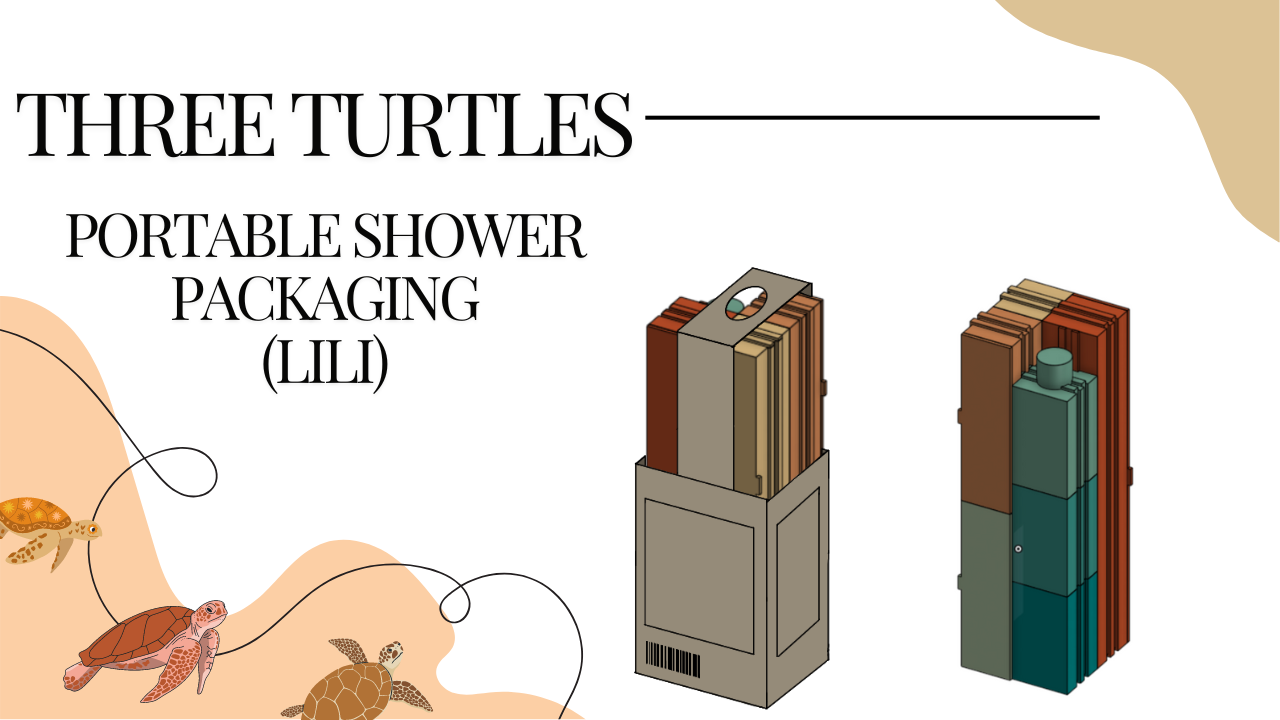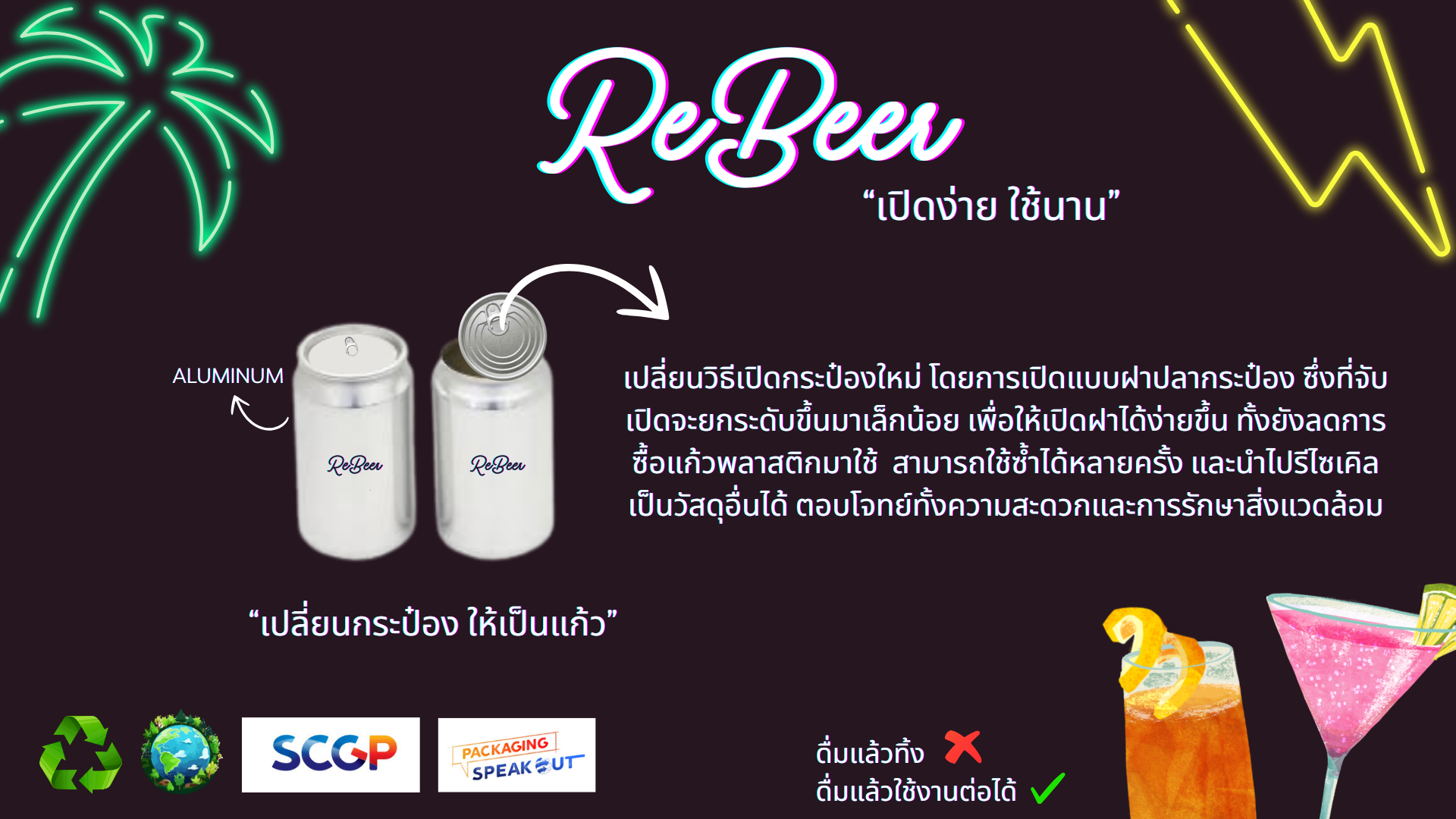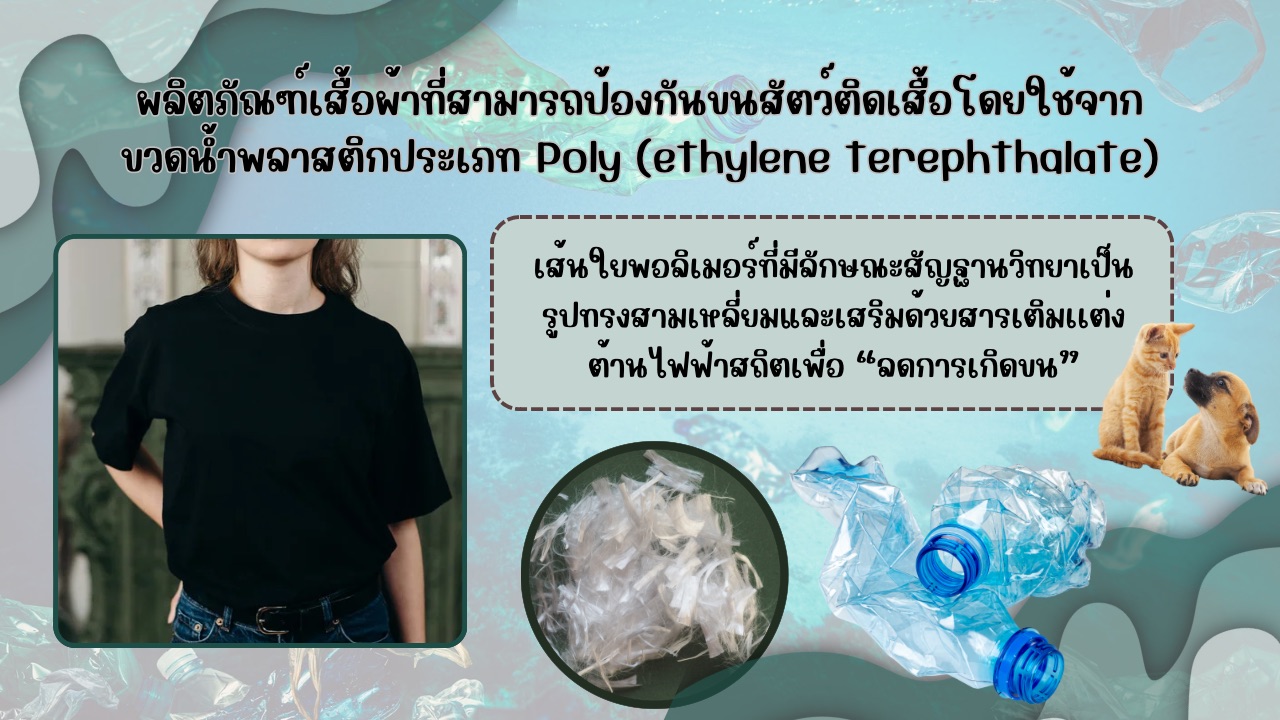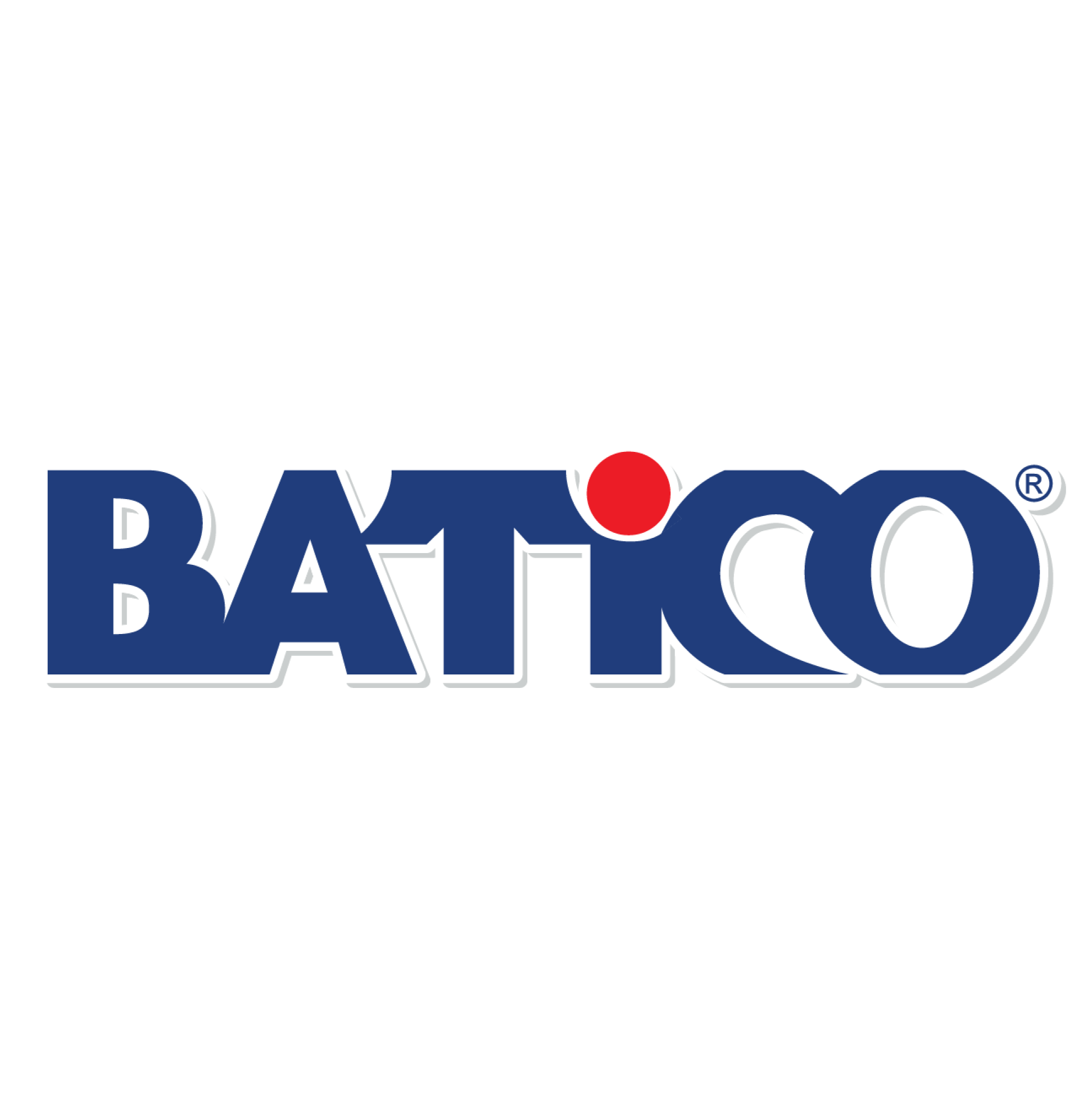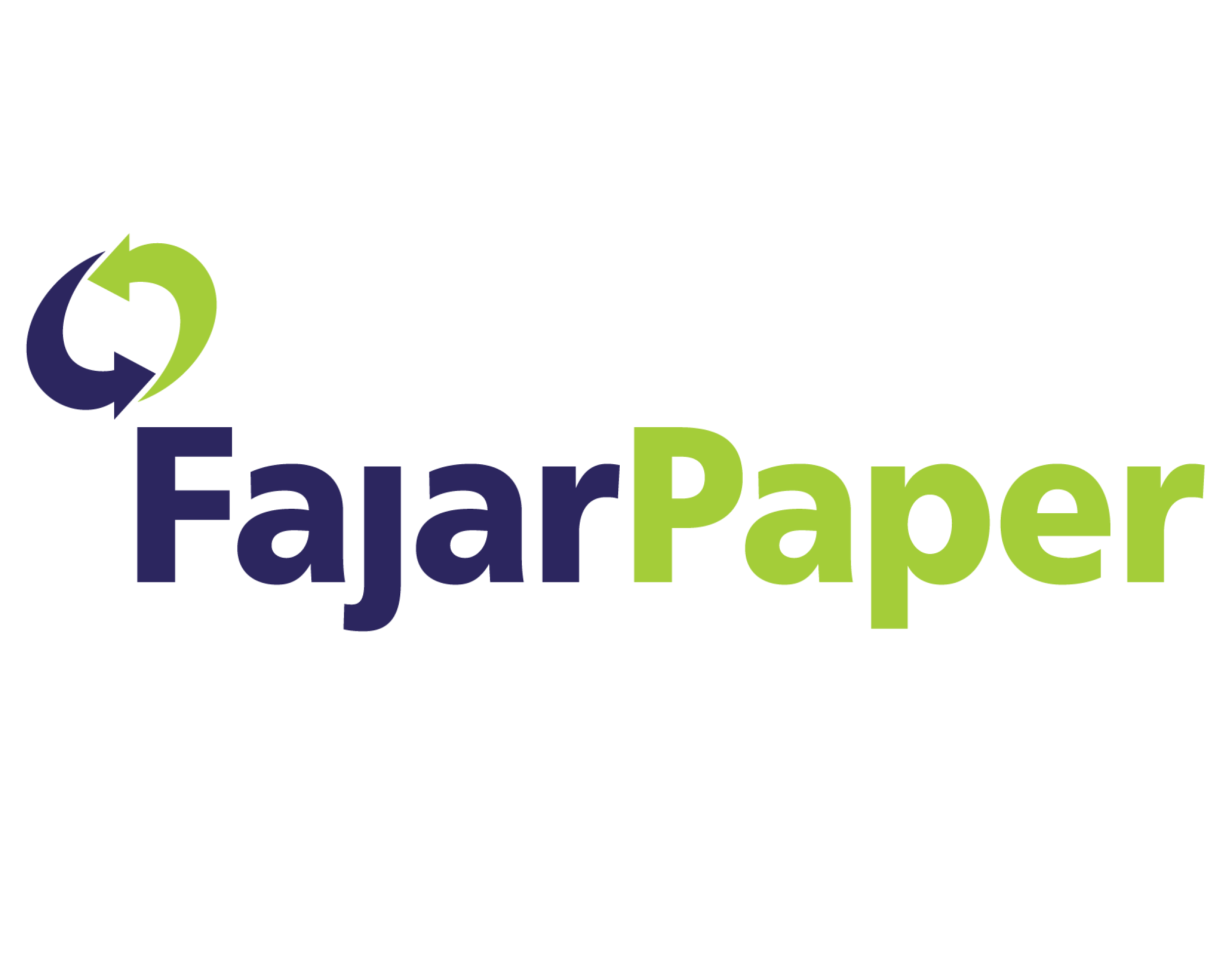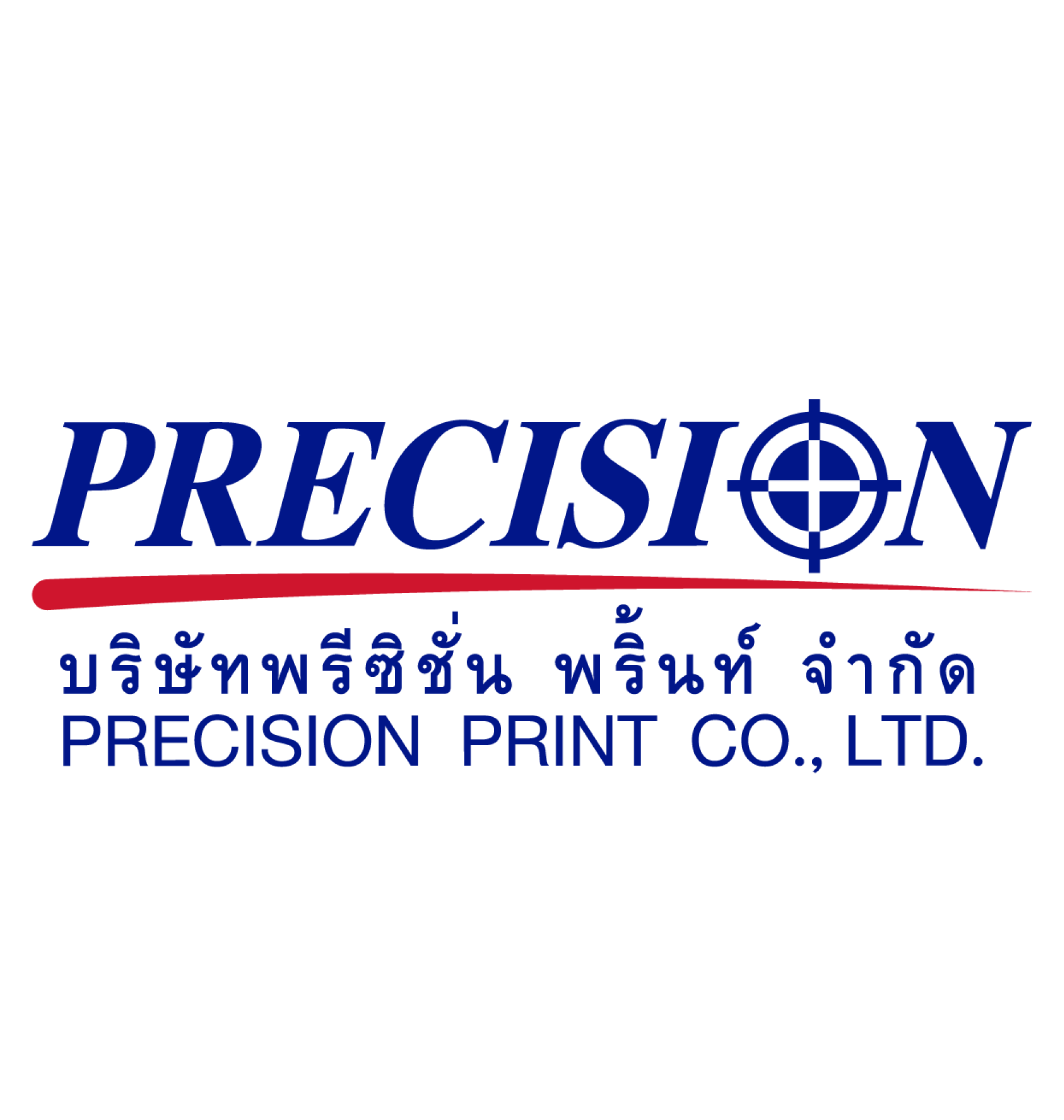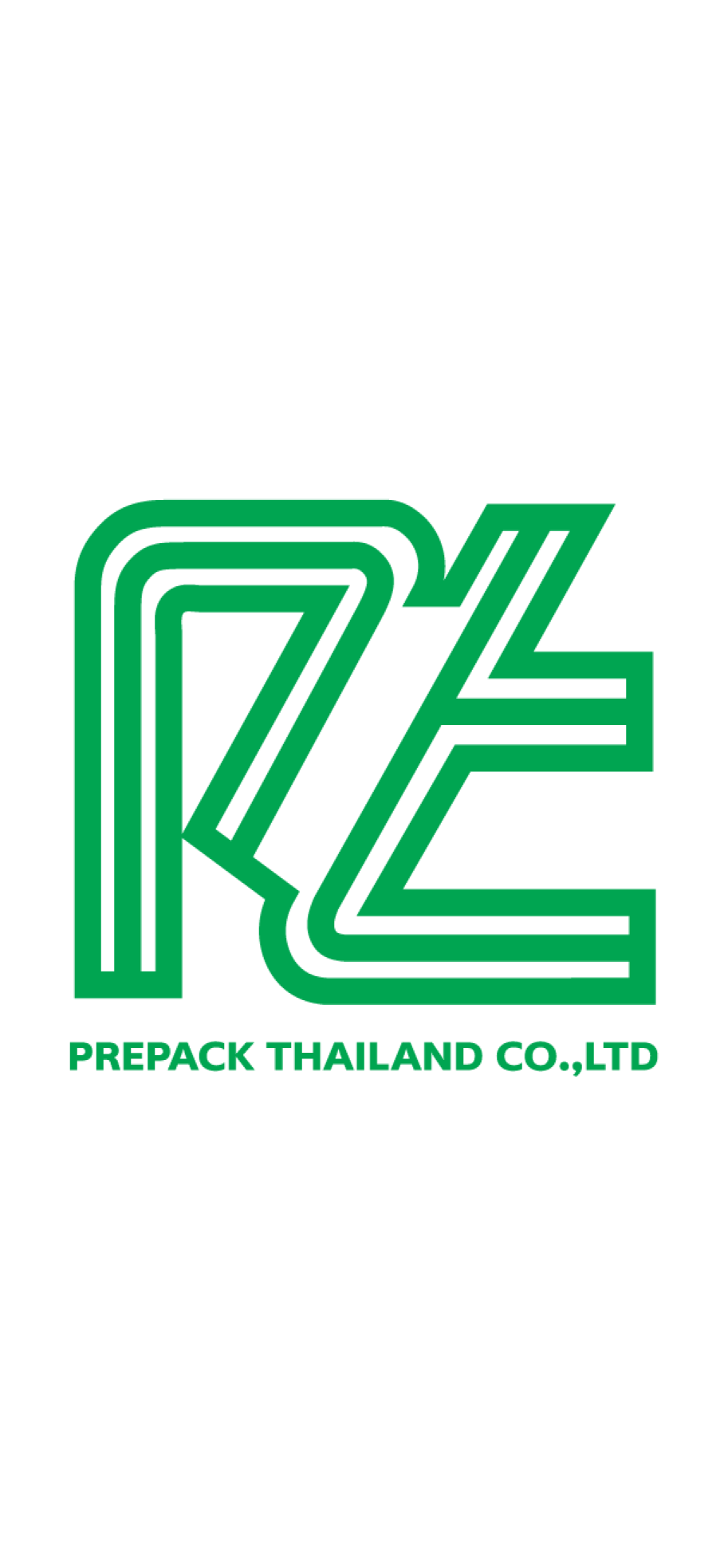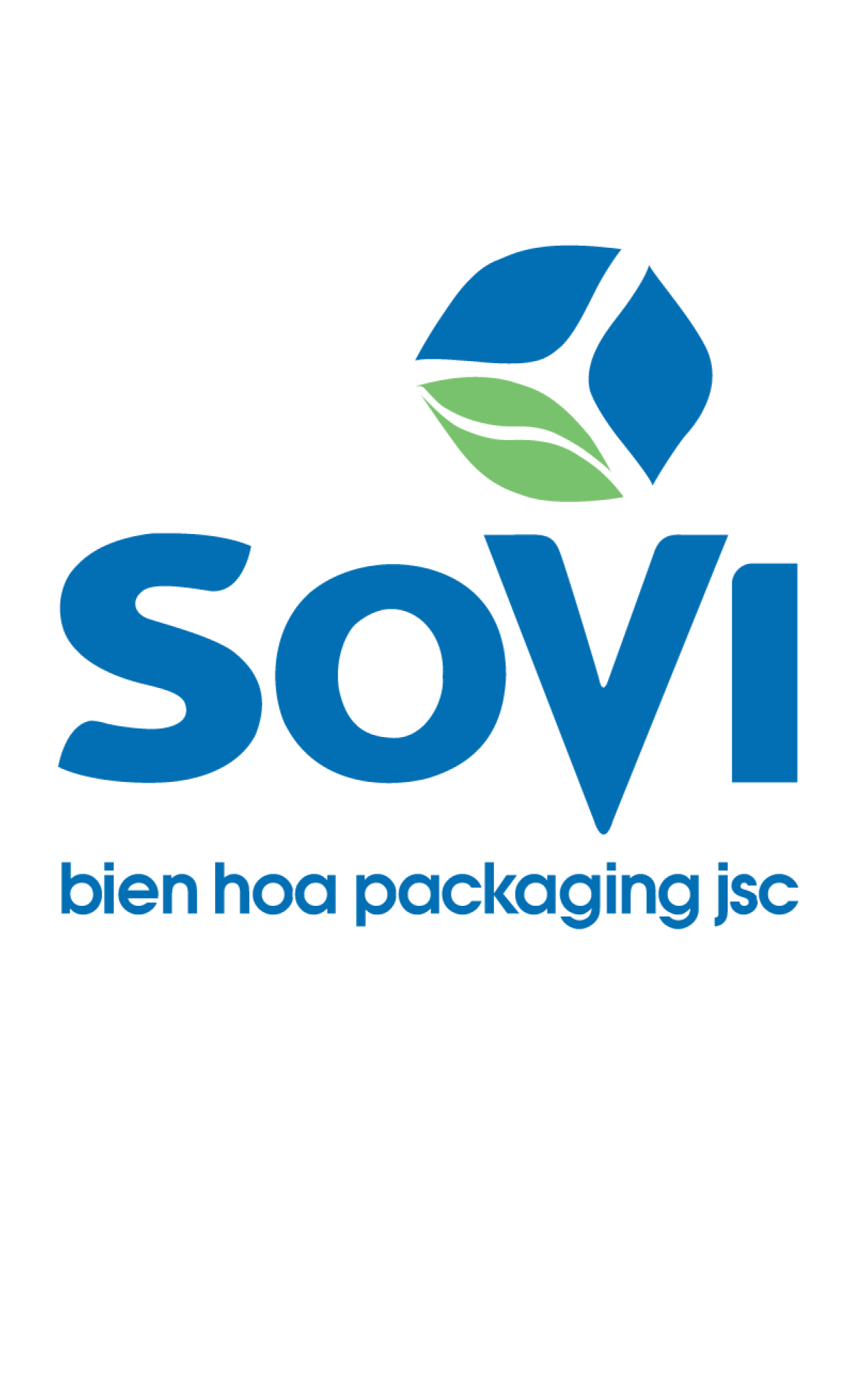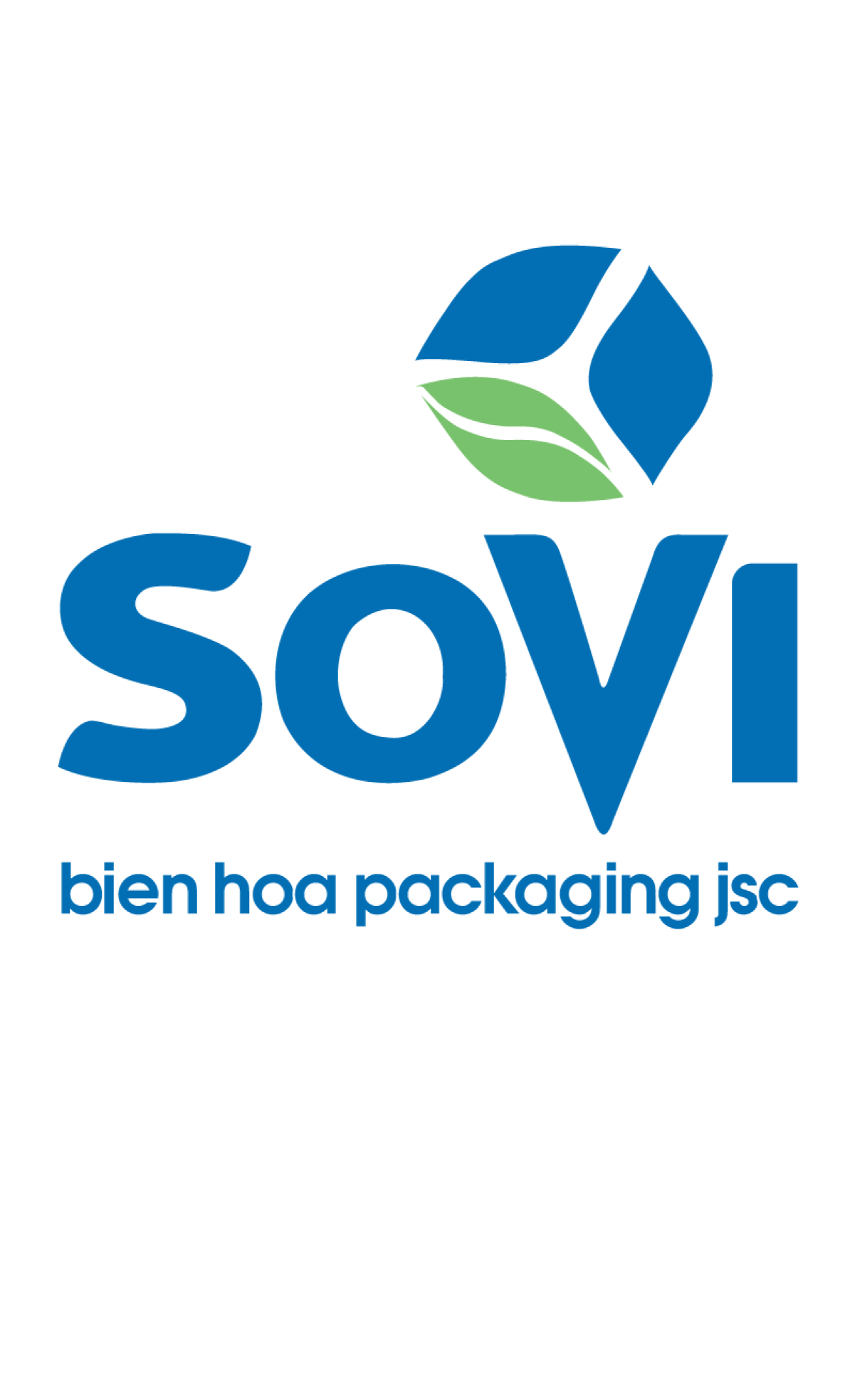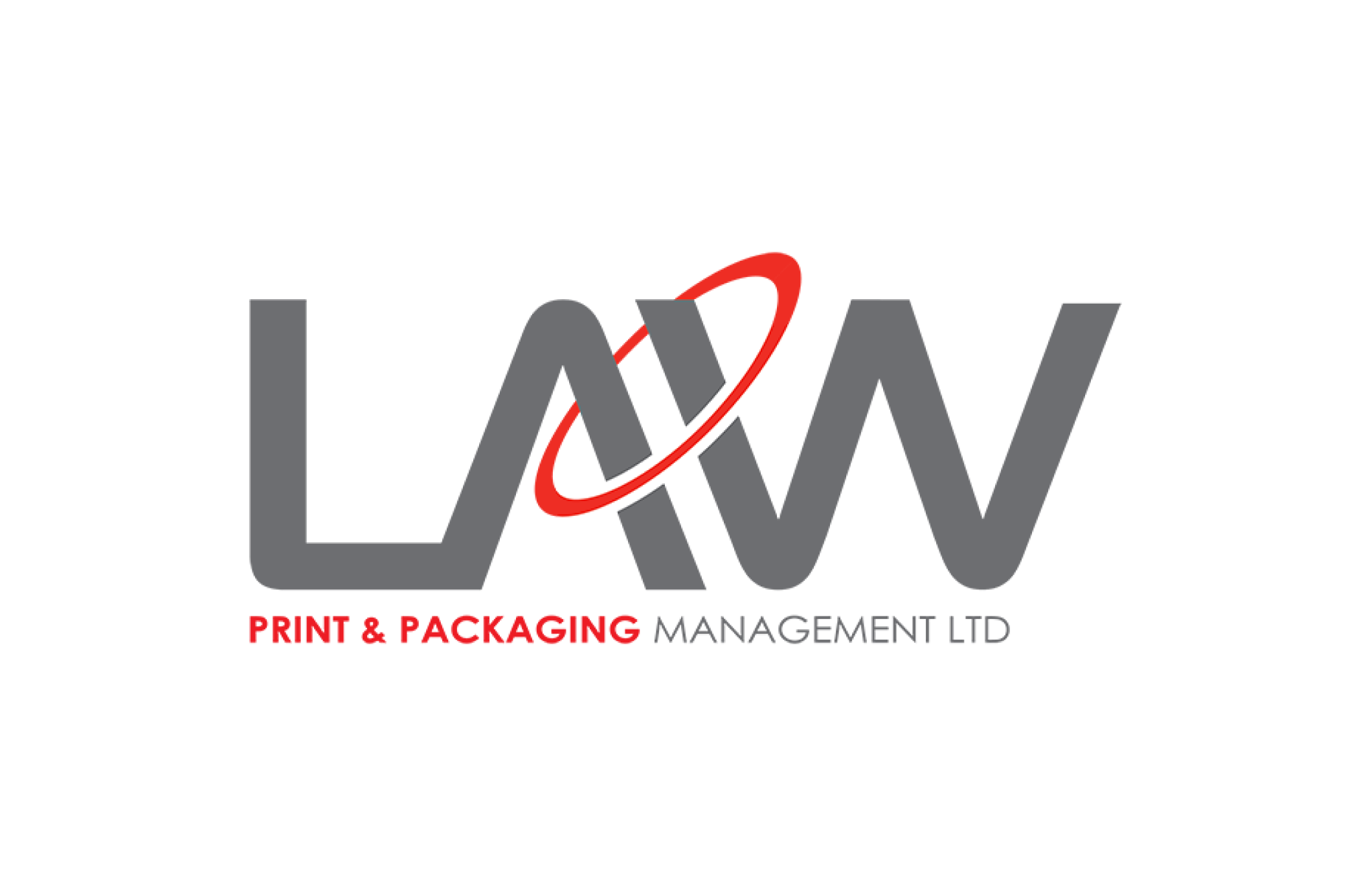Blossom Gem
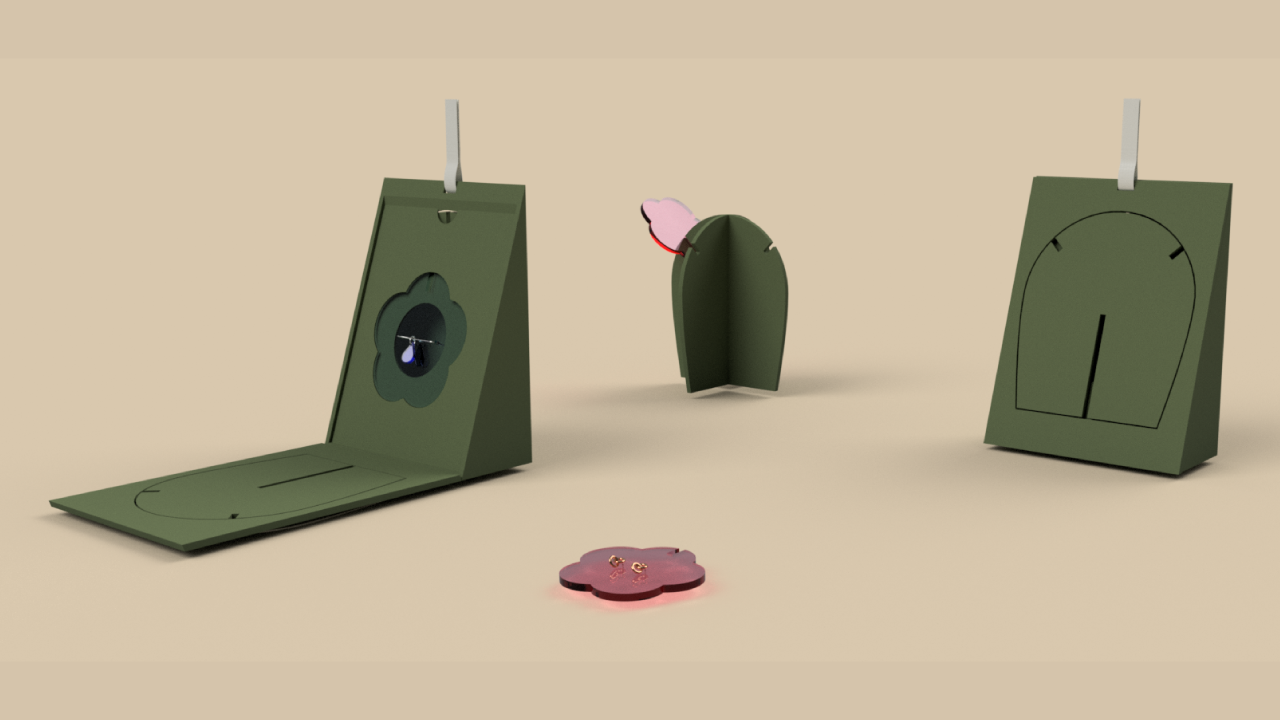
Team : FAST
Member
Ms Boonyanuch Rodaum
Mr Napat Chatviriyakul
Ms Chanisra Chotinagit
Business Environment Analysis
- SWOT Analysis:
- Strengths: Creating unique customer experiences, being environmentally conscious, and enhancing positive brand recognition.
- Weaknesses: Complex production processes and high manufacturing costs.
- Opportunities: Leading the industry in environmental sustainability and expanding the market to younger generations.
- Threats: Consumer behavior changes, with some potentially not yet ready to prioritize sustainability, as well as fluctuating material and production costs that may affect the product.
- Competitor Analysis: The jewelry market is focusing on stores that use recycled or eco-friendly materials for packaging.
- Market Trends: There is a growing demand for eco-friendly packaging or packaging made from natural materials.
Brand Development Goals
- Core Brand Values: Focus on sustainability by using eco-friendly materials and designing with environmental impact in mind.
- Brand Identity Creation:
- SWOT Analysis:
- Strengths: Creating unique customer experiences, being environmentally conscious, and enhancing positive brand recognition.
- Weaknesses: Complex production processes and high manufacturing costs.
- Opportunities: Leading the industry in environmental sustainability and expanding the market to younger generations.
- Threats: Consumer behavior changes, with some potentially not yet ready to prioritize sustainability, as well as fluctuating material and production costs that may affect the product.
- Competitor Analysis: The jewelry market is focusing on stores that use recycled or eco-friendly materials for packaging.
- Market Trends: There is a growing demand for eco-friendly packaging or packaging made from natural materials.
Brand Development Goals
- Core Brand Values: Focus on sustainability by using eco-friendly materials and designing with environmental impact in mind.
- Brand Identity Creation:
- Core Brand Values: Focus on sustainability by using eco-friendly materials and designing with environmental impact in mind.
- Brand Identity Creation:
The packaging is designed with a playful, functional twist, allowing it to be repurposed as storage or display items. This interactive experience not only adds value but also leaves a lasting impression on customers. The cute and visually appealing design engages customers, encouraging them to participate in the assembly process. Additionally, using recyclable materials enhances the brand’s eco-conscious image.
- Sustainability: The brand emphasizes the use of recycled materials in packaging, ensuring minimal environmental impact.
Target Customer Definition and Insights
- Target Group: Environmentally conscious individuals who need storage solutions for their jewelry due to the inconvenience of organizing and accessing it.
- Insight: Customers are drawn to cute and aesthetically pleasing designs that serve both as decoration and practical storage. They appreciate packaging that helps keep jewelry organized and easily accessible, preventing items from tangling. Additionally, they seek packaging with a unique story that adds value and character to the product.
Packaging Design for Social and Environmental Responsibility
- Target Group: Environmentally conscious individuals who need storage solutions for their jewelry due to the inconvenience of organizing and accessing it.
- Insight: Customers are drawn to cute and aesthetically pleasing designs that serve both as decoration and practical storage. They appreciate packaging that helps keep jewelry organized and easily accessible, preventing items from tangling. Additionally, they seek packaging with a unique story that adds value and character to the product.
Packaging Design for Social and Environmental Responsibility
Packaging Materials
- Reduce: Minimize the use of unnecessary materials or oversized packaging for the purchased product. The design aims to generate as little waste as possible during the packaging creation process.
- Reuse: Design the packaging to serve dual purposes: not only to hold the product but also to be repurposed as storage, display pieces, or room decorations according to the user's needs. Every part of the packaging is designed to be reused efficiently, reducing unnecessary waste.
- Recycle: Use recyclable materials, ensuring that parts of the packaging are biodegradable and can naturally decompose. This helps in promoting a circular lifecycle for the product's packaging.
Marketing Activities and Brand Development Through Packaging
- Storytelling Through Packaging: The paper section of the packaging will feature symbols indicating that parts of it can be detached and assembled into jewelry storage. This communicates the brand’s environmental values by promoting the concept of reusing packaging materials functionally.
- Marketing Campaigns: Focus on promoting environmentally friendly products, highlighting sustainability as a key part of the brand image. This reinforces the brand's commitment to eco-conscious practices.
- Social Media and In-store Promotion: Leverage social media and store displays to advertise that the packaging can be transformed into charming and functional storage. This dual-purpose packaging will be a unique selling point, enhancing the customer experience and promoting the brand's eco-friendly image.
Marketing and Brand Performance Measurement
- Outcome Analysis: Measure success through sales performance after launching the product with this unique packaging design. Brand recognition can be assessed by how well customers remember the brand due to the distinctive packaging. Social media engagement, positive customer responses, or viral trends on the internet can further indicate marketing effectiveness.
- Customer Feedback: Gather customer satisfaction data through post-purchase feedback or product reviews, focusing on their experiences with the packaging and the overall buying process.
- Environmental Impact Assessment: Evaluate the environmental impact by assessing how the use of sustainable materials and waste reduction practices contribute to minimizing the brand's ecological footprint.
- Storytelling Through Packaging: The paper section of the packaging will feature symbols indicating that parts of it can be detached and assembled into jewelry storage. This communicates the brand’s environmental values by promoting the concept of reusing packaging materials functionally.
- Marketing Campaigns: Focus on promoting environmentally friendly products, highlighting sustainability as a key part of the brand image. This reinforces the brand's commitment to eco-conscious practices.
- Social Media and In-store Promotion: Leverage social media and store displays to advertise that the packaging can be transformed into charming and functional storage. This dual-purpose packaging will be a unique selling point, enhancing the customer experience and promoting the brand's eco-friendly image.
Marketing and Brand Performance Measurement
- Outcome Analysis: Measure success through sales performance after launching the product with this unique packaging design. Brand recognition can be assessed by how well customers remember the brand due to the distinctive packaging. Social media engagement, positive customer responses, or viral trends on the internet can further indicate marketing effectiveness.
- Customer Feedback: Gather customer satisfaction data through post-purchase feedback or product reviews, focusing on their experiences with the packaging and the overall buying process.
- Environmental Impact Assessment: Evaluate the environmental impact by assessing how the use of sustainable materials and waste reduction practices contribute to minimizing the brand's ecological footprint.
- Outcome Analysis: Measure success through sales performance after launching the product with this unique packaging design. Brand recognition can be assessed by how well customers remember the brand due to the distinctive packaging. Social media engagement, positive customer responses, or viral trends on the internet can further indicate marketing effectiveness.
- Customer Feedback: Gather customer satisfaction data through post-purchase feedback or product reviews, focusing on their experiences with the packaging and the overall buying process.
- Environmental Impact Assessment: Evaluate the environmental impact by assessing how the use of sustainable materials and waste reduction practices contribute to minimizing the brand's ecological footprint.

